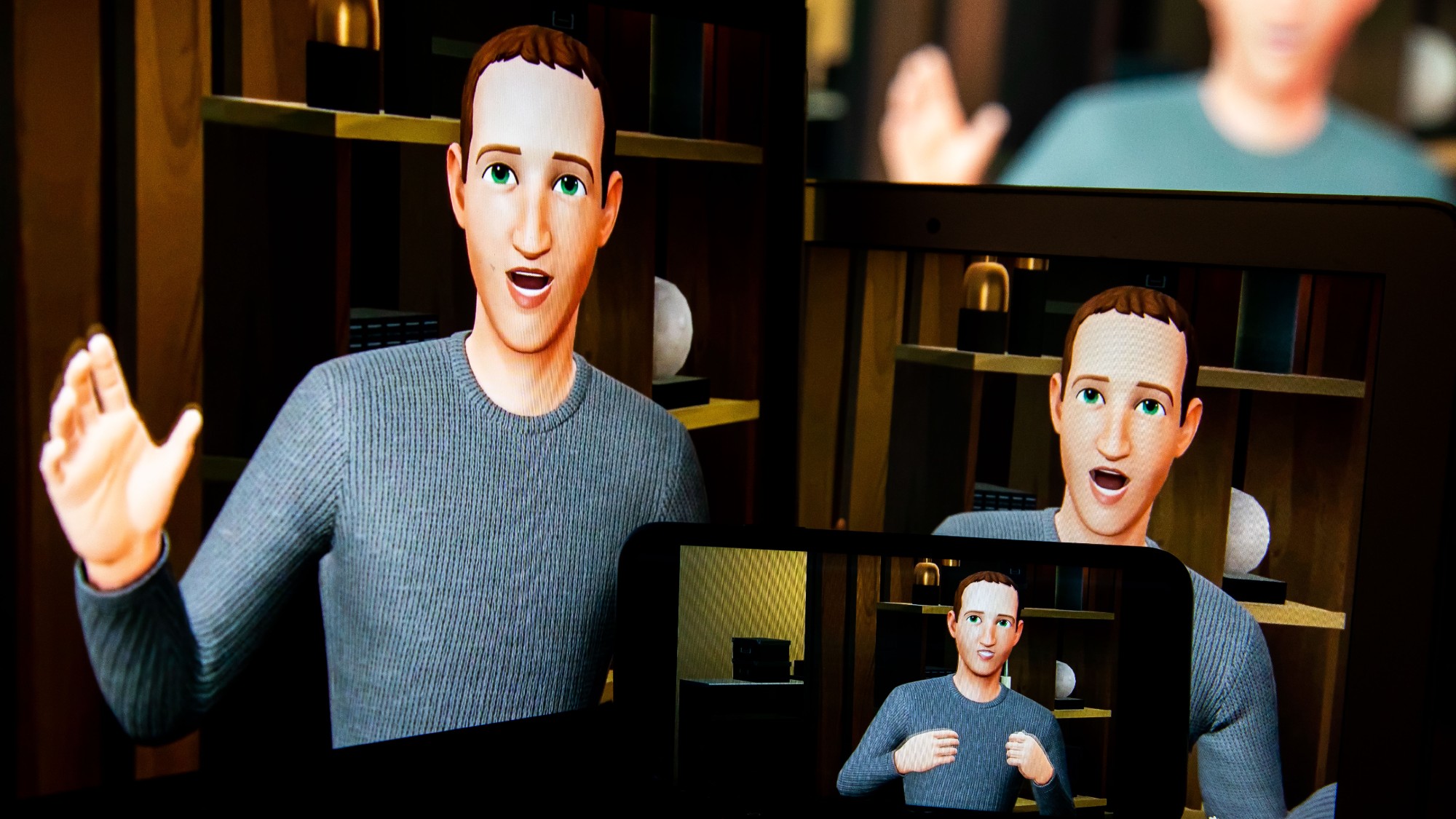Health & Science
What couples are really arguing about; Upstanding hominids; How to build a lung; A penalty kicker’s cues; A touching response
What couples are really arguing about
Married couples argue about all kinds of things, from money to whose turn it is to take out the garbage. But in reality, says Scientific American, all fights come down to two basic issues that have little to do with the content of the arguments: One person feels that he or she is being unfairly controlled or feels neglected. Baylor University psychologists gave a questionnaire to 3,539 married couples and analyzed such variables as the words couples used to describe a fight and the feelings they experienced. Researchers concluded that the tension that sparked the arguments almost always involved deeper issues relating to whether the partners felt understood or valued. Appreciating this dynamic might help couples figure out how to improve communication. For example, says study author Keith Sanford, if a husband realizes that his wife’s anger over his coming home late is really about her feeling disregarded, he could fashion an apology that includes “demonstrations of deference and expressions of appreciation.”
Upstanding hominids
The Week
Escape your echo chamber. Get the facts behind the news, plus analysis from multiple perspectives.

Sign up for The Week's Free Newsletters
From our morning news briefing to a weekly Good News Newsletter, get the best of The Week delivered directly to your inbox.
From our morning news briefing to a weekly Good News Newsletter, get the best of The Week delivered directly to your inbox.
An older guy has wandered into Lucy’s life, reports Science News, and some researchers believe he could recast what scientists know about the celebrated early hominid and her species. Lucy, the 3.2-million-year-old partial skeleton of the species Australopithecus afarensis that was discovered in 1974, has been widely thought of as chimp-like—walking with a primitive gait and having a penchant for tree climbing. But researchers working in Ethiopia have unearthed a new, more complete A. afarensis skeleton that’s half a million years older than Lucy and significantly larger. The fossil’s arms and legs are proportionally similar to those of modern humans, offering “conclusive proof that A. afarensis could walk upright freely without the use of its hands,” researcher Yohannes Haile-Selassie tells National Geographic News. The Big Man, as he’s been dubbed, also apparently had arched feet and a pelvis to support human-like hamstring muscles, suggesting the species were excellent runners. The discovery suggests that while chimps and humans evolved from a common ancestor, they may have diverged more quickly than previously thought.
How to build a lung
Scientists for the first time have grown a lung in the lab—a breakthrough with implications for the treatment of lung disease. Previous attempts to create a lung have involved trying to induce lung cells to grow on an artificial lung-like scaffold. But efforts to create a synthetic scaffold haven’t worked. Now, biomedical engineers at Yale have taken the lung from a rat and scrubbed it of cells and blood vessels to reveal the underlying network of proteins and sugars. This material was then placed in a bath of lung cells from newborn rats. After several days, the cells attached and grew, forming a working lung. “It appears that the lung matrix has cues, or ‘ZIP codes,’ that tell the cells where to land,” study author Laura Niklason tells National Geographic News. The findings suggest that lung regeneration could eventually replace lung transplants as a treatment for lung disease.
A penalty kicker’s cues
A free daily email with the biggest news stories of the day – and the best features from TheWeek.com
World Cup goalkeepers, take note: There may be a way to accurately predict which way a penalty-shot kicker will direct his shot, the Albany, N.Y., Times Union reports. By tracking the body movements of three college-level strikers, Rensselaer Polytechnic Institute researchers found that soccer players have a “tell”—body language that could help a discerning goalie anticipate which way the ball will go. The angle at which a kicker plants his supporting foot as well as the angle of his hips betray the subsequent direction of the ball, the study found. It also identified several “distributed movements”—subtle patterns of the whole body—as potential giveaways. Researchers will now study whether goalies can be trained to identify and respond to these indicators.
A touching response
If you want to impress a would-be employer, try printing your résumé on heavier paper. That’s one conclusion from a series of experiments by MIT psychologists documenting how human feelings are altered by tactile input. In one experiment, volunteers were asked to interview job candidates; the volunteers who were given a heavy clipboard to hold viewed applicants as more serious than those who held a lighter clipboard. Similarly, when subjects were
asked to envision bargaining with a car dealer, those who sat in hard wooden chairs were less likely to haggle than those sitting in comfortable chairs. The research builds on studies that have found links between touch and emotions, and helps explain the development of such metaphors as having a “rough” day or making a “weighty” decision. “These metaphors reflect a real connection between our physical and mental understanding of the world,” study author Joshua Ackerman tells Discovery News.
-
 Metaverse: Zuckerberg quits his virtual obsession
Metaverse: Zuckerberg quits his virtual obsessionFeature The tech mogul’s vision for virtual worlds inhabited by millions of users was clearly a flop
-
 Frank Gehry: the architect who made buildings flow like water
Frank Gehry: the architect who made buildings flow like waterFeature The revered building master died at the age of 96
-
 Is MAGA melting down?
Is MAGA melting down?Today's Big Question Candace Owens, Tucker Carlson, Laura Loomer and more are feuding